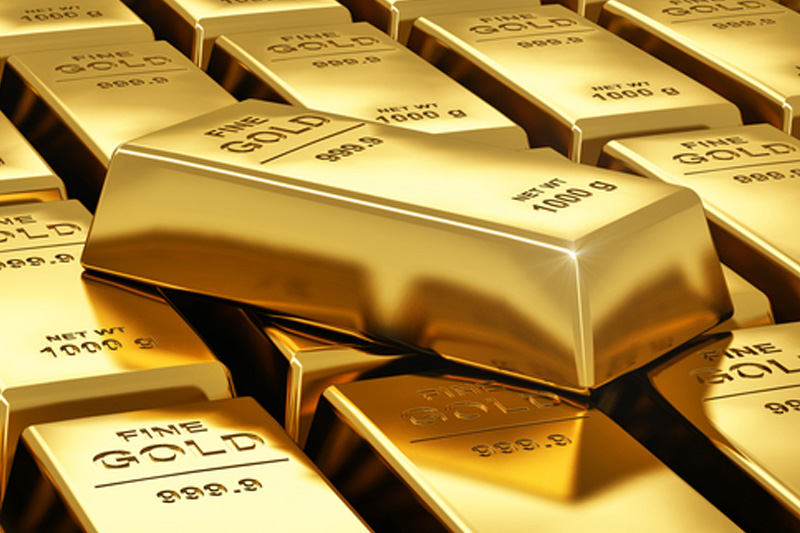Investing.com -- Gold futures soared on Monday to a near seven-week high in response to Friday's weak U.S. jobs report, as the poor data fueled speculation that the Federal Reserve could delay a potential interest rate hike.
On the Comex division of the New York Mercantile Exchange, gold futures for June delivery skyrocketed to $1,235.50 a troy ounce, its highest intraday level since Feb. 17. Gold prices then fell back slightly following the release of strong U.S. services data, retreating to $1,219.70 (up 18.80 or 1.57%) in U.S. afternoon trading. Nevertheless, Monday's activity defied recent trends. Gold has not closed above since $1,220 an ounce since Feb. 13.
On Friday, the U.S. Bureau of Labor Statistics said in its monthly jobs report that the economy added 126,000 in March, halting a streak of 12 consecutive months of job growth that exceeded 200,000. The modest job increases nationwide marked the weakest period of hiring in 15 months. In terms of average weekly earnings, employees nationwide received the smallest annual gains in wages since last June.
The labor force participation rate, which measures the number of people who are either employed or actively looking for work, also painted a bleak outlook. During the month of March, the rate ticked down to 62.7%, the lowest level in 36 years.
In mid-March, Federal Reserve chair Janet Yellen indicated that the Fed could begin raising interest rates when it was "reasonably confident" that inflation will move toward its target inflation of 2%. Yellen added that the Fed will take a "data-driven" approach to potential liftoff by keeping a close eye on wage and GDP growth before raising its benchmark Federal Funds Rate.
Also on Monday, Federal Reserve Bank of New York president William Dudley said he expects short-term interests to take a "shallow" path, with long-term rates settling around 3.5%.
“How fast the normalization process will proceed depends mainly on two factors: how the economy evolves and how financial market conditions respond to movements in the federal funds rate,” Dudley said during an appearance at at the New Jersey Performing Arts Center in Newark, N.J.
Gold struggles to compete with high yield bearing assets in periods of raising interest rates.
While Friday's report represented a step in the wrong direction following February's stellar data, there were slivers of optimism within the report. Unemployment remained unchanged at 5.5%, while a broader measure of workers that have part-time jobs but would like to work full-time fell to 10.9%, its lowest level since August of 2008. Meanwhile, the share of unemployed Americans who have been jobless fell below 30% for the first time since June, 2009.
Gold prices dipped in afternoon trading after the PMI Services Index rose to 59.2 in March, more than one-half point higher than March forecasts. The reading was also up more than two points from the final reading for February. A number of economists are looking at the service sector as a critical aspect of U.S. economic health.
The U.S. Dollar Index, which measures the strength of the greenback versus a basket of six other major currencies, fell slightly by 0.02% to 96.68. EUR/USD also gained 0.21% to 1.0995.
Gold becomes more expensive for foreign purchasers amid a stronger dollar.
Silver for May delivery rose 0.437 or 2.62% to 17.138 an ounce. Copper futures for May delivery, meanwhile, fell slightly by 0.017 or 0.61% to 2.717 a pound.
